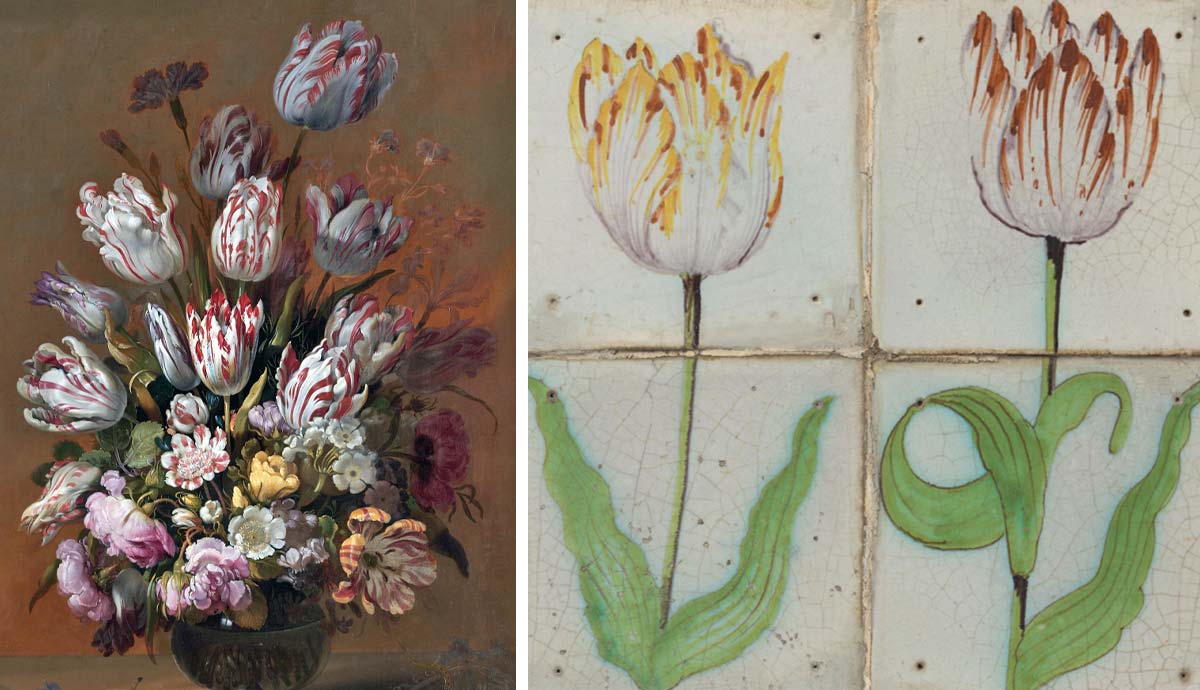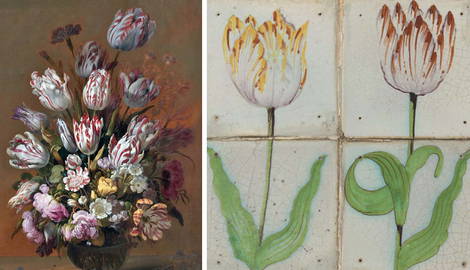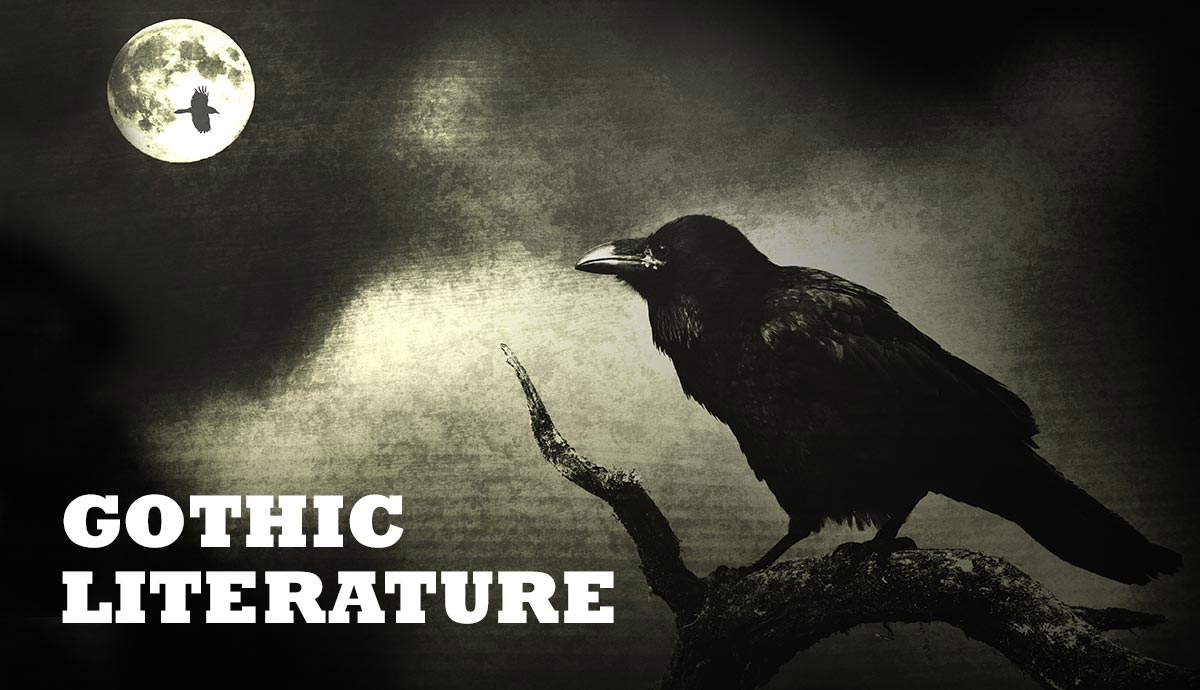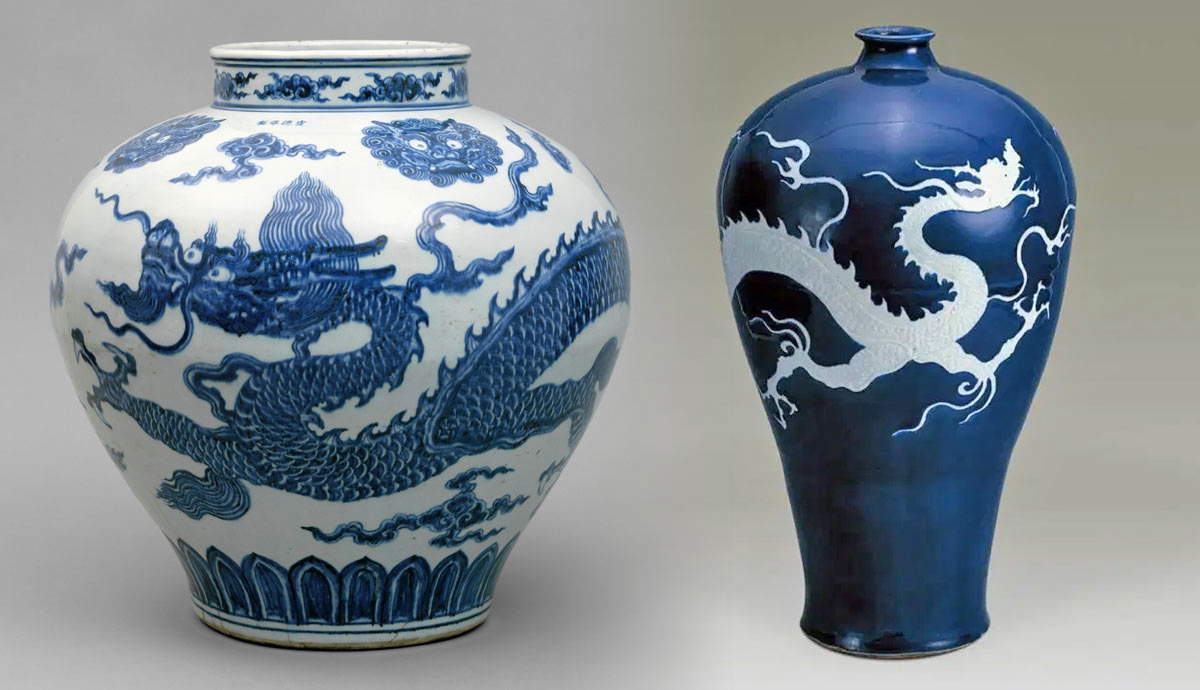
Today, tulips are known to be a symbol of the Netherlands. They are present in airports, on souvenirs, and throughout Dutch towns. However, this wasn’t always the case. Read on to learn the story of how the Dutch became obsessed with tulips and how these flowers put their mark on the country’s history. The 17th-century tulipmania had a powerful impact on merchants, buyers, and artists, captivating the Dutch imagination.
Tulipmania Is Everywhere

The tulip is associated so much with the Netherlands that one immediately thinks of the country upon seeing it. The moment one lands in a Dutch airport, they are greeted with a variety of products and images that celebrate the tulip. Shops are filled to the brim with merchandise, chocolate, and various souvenirs with this flower in different colors. If one is requested to name a few images that evoke the Netherlands, they would probably say windmills, cows, Vermeer’s Milkmaid, and tulips—this is how ingrained this symbol is in our collective imagination.
The story between the Dutch and tulips began a few centuries ago. The 17th century was marked by development and overall prosperity for the newly established Dutch Republic, and it was during this century of flourishing that the popularity of tulips really took off. They were originally from the Ottoman Empire and were introduced to Western and Northern Europe in the 1550s. The seed was quickly imported and traded all over the continent. In this context, the tulip market sky-rocketed in the Dutch Republic, becoming one of the most profitable markets of the early modern period. Tulip varieties were so sought after and expensive that the elites who traded the most prized specimens had to invest a considerable part of their fortunes when they purchased them.
Tulipmania: A Speculative Market

Tulips attracted the attention of early modern buyers because of the variety they offered. Flowers could be delivered in various shades, combinations, and patterns. The more exquisite the specimen, the more sought after and expensive. However, the tulip craze did not happen overnight. Initially, the tulip season took place only during the summer, when bulbs were planted, grown, and purchased. As interest grew, the season was extended to spring and autumn and eventually became a market of transactions that functioned all year round. When the craze was ongoing, buyers would oftentimes speculate on tulip bulbs and buy them in advance when the plant itself was not even planted in the ground yet. This, of course, meant that the investment was risky as one paid for a de facto non-existing specimen.
The Viceroy tulip, for example, was bought for 2,500 guilders, and the Semper Augustus tulip for 6,000 guilders. To give another example to contextualize the price of tulips, a very good drawing or painting of medium size would be sold on the market for around 25 guilders in the Dutch Republic. These tulip specimens cost more than a house in a good area of a Dutch city like Amsterdam or Delft during the 17th century. The most expensive and exquisite tulips were often depicted by artists in paintings and prints because of their popularity.
Was it Really a Mania?

When the plague killed thousands of people in 1635, many survivors decided to take a financial gamble because debts couldn’t be paid when dead. However, at the start of February 1637, the situation suddenly changed. Spring was coming, and new contracts had to be signed, but traders could not find buyers for the new bulbs, nor were there any tulip enthusiasts left eager to speculate.
As a result, merchant after merchant went bankrupt. In literature, the term “tulipmania” is used to signify the height and the sudden crash of the tulip trade. The term emphasizes the absurdity of a tulip bulb costing more than a house and the sudden plunge of the market that led many people into bankruptcy and desperation.
After all, it was uncommon for such a feeble and ephemeral thing like a decorative plant with no practical purpose to become so valuable and then lose value so dramatically. The tragedy was also enforced by the lives and investments at stake during this craze that made people gamble their fortune on a plant.
However, mania usually implies a more pronounced psychological element. Historians cannot agree whether the Dutch were really under some sort of mental spell. For example, Professor Peter Garber (1989) thinks that this apparent craze was motivated by economic reasoning. He believes that most people risked this much in this business venture because they thought the financial returns would be great. In a sense, this can be compared to the crash of a stock market when the value of stock drops drastically, just as the value of tulips.
Critics of the Tulip Craze

Because of this dramatic episode, many people of the time were both inspired and appalled by how this tulipmania came to be. Travelers from around the continent were curious to see the tulip varieties that enchanted the Dutch so much, while inhabitants had various opinions about the phenomenon. The craze was so well-known in society that writers, poets, and artists offered their own depictions or explanations of the happenings. For example, 18th-century pamphlets still discussed the tulip craze in poems such as this one:
‘Flora, de Godin, der Bloemen
Om haar vinding hoog te roemen
Werd hier met haar Tulpen teelt
Op een Varken afgebeelt.
En het brengt de tyd te binnen
Van veel onbedagte zinnen
Toen men voor een Bol alleen
Veel Duysenden kwam te besteên.
Laat gy ’t oog wat verder weiden
Zoo ziet gy de (..) glyden
En vervallen met de splint
Van de wond’re Bubbelwind.’
(Unknown, “Uytlegging van de plaat,” Rotterdam 1763).
An approximate translation:
‘Flora, the Goddess, of Flowers
To praise her invention highly
Was here with her Tulip cultivation
Imagined on a Pig.
And it brings to mind the time
Of many unapologetic phrases
When one was asked for a Sphere alone
A lot of arms came into use.
Let your eyes wander a little further
Thus you see the (..) glyden
And expire with the splint
From the world’s Bubble Wind.’
As Garber (1989) points out, the poem communicates the idea of an economic bubble, as the tulip situation was specific to Dutch society and economy. It was a phenomenon, in the truest sense of the word, that could be understood within this particular set of dynamics that were at play in the Dutch Republic. For others, the tulip craze was attributed to a spell of the goddess Flora, as seen in the poem of those who criticized the craze after the bubble burst.
What Is So Special About Tulips Anyway? An Artistic & Scientific Perspective

Artists and botanists were interested in tulips beyond their economic aspect. For example, famous artists like Rachel Ruysch, known for her botanical illustrations, dedicated some watercolors to studying tulips. The flowers were especially interesting to depict for botanical illustrators like herself and those versed in the genre of still-life bouquets.
As previously mentioned, tulips originated in modern-day Turkey and were imported to Europe around the 16th century. The tulip first became popular in Austria and entered the circles of Dutch horticulturists in 1571 through Carolus Clusius, a professor of botany at Leiden University. Clusius was a renowned botanist for the Hortus Botanicus garden he planted, which gathered a variety of rare plants. This made the university botanical garden one of the most precious in this part of Europe. The advances in botanical knowledge in the Dutch Republic made it possible for botanists (bloemisten) to experiment and create various sizes, shapes, and colors of tulips. Shortly after, the Dutch started dominating the market for tulips, all thanks to their novel methods of creating new types of tulips (Woolthuis, 2013).
Tulips were attractive to 17th-century Dutch people because they could have many spectacular colors and interesting patterns. This was actually due to an infestation with the so-called mosaic virus, which resulted in the tulips “breaking” into different colors or patterns. The uniqueness of these infected tulips also stemmed from the fact that the virus could not transmit the desired pattern to the seed. In other words, the parent tulip could not give the sprouts the same look. Instead, the seeds would result in simple tulips with no patterns (Woolthuis, 2013). This meant that every tulip bulb had to be managed by humans so that the desired pattern could be created. Understandably, this also added to their value.
A Fitting Name for a Tulip

As mentioned earlier, cultivating tulips was a strenuous and meticulous process. They could be grown by planting seeds or buds taken from a mature bulb. Buds produced from the seeds would appear in April or May and last about a week. The buds were then removed from their beds in June, dried, and stored to be replanted in September. Besides the unique colors they could develop through the process of “breaking,” tulips were quite popular in the Dutch Republic because of their names.
Unlike other flowers that do not have so much variety, using names for the different tulips was imperative for the merchants. The naming of tulip varieties resulted in their increase in popularity. For example, instead of naming them after kings or queens, they were named as admirals and generals. This went quite well with the sentiment of the republic that kept itself at bay from royalty out of fear of becoming a monarchy.
Interestingly enough, most names for the tulips had no connection with a real person. Instead, they aroused the imagination of the public with imaginary characters. Some specimens were named after those who created or grew them. General Bol and Admiral Pottebacker, for example, were named after Pieter Bol, originally from Haarlem, and Hendrik Potterbacker, who was from Gouda, respectively. Other popular specimen names include Semper August, Admiral van der Eyck, and Admiral Liefkens. This helped the buyers identify the different tulips more easily, as they also sometimes offered clues about those who grew them or about the town in which they originated.
The Tulipmania Experts

All those involved in the tulip trade were organized into a collegie, or “college.” It held regular meetings to learn the latest developments, check the quality of tulips, and keep up with recent transactions. The collegie also kept abreast of all upcoming auctions and trades. In short, the tulip college was a hub for botanists, growers, and merchants to organize their activity. However, the college was not just an informal establishment where enthusiasts met but also a committee where experts could evaluate specimens before they entered the market. By the second half of the 17th century, non-professional growers joined the market trade.
The tulip market system worked in an interesting way, as it was adjusted by the college. Tulip bulbs were sold by weight; the heavier the bulb, the higher the price. There was a practical reason for that: if a bulb was heavy, it was seen as containing multiple smaller bulbs that could be grown and planted individually. The measure of the bulb’s weight was the Dutch aas, which corresponded to one-twentieth of a gram. Once a buyer decided on a specific bulb type and weight, a contract was formed with the seller where the bulb type and its planted location would be specified. The buyer could then retrieve the goods and fulfill the contract. For common bulbs (i.e., not of the rare types), these transactions were completed not by bulb type but by weight alone (Ion, 2021).
Tulipmania engulfed the Dutch Republic in the early modern period. Tulips enchanted merchants, potential buyers, poets, and artists alike. Interest in representing and documenting tulip varieties increased, resulting in the creation of various books, drawings, and paintings for this purpose alone.
References
Garber, P.M. (1989) ‘Tulipmania’. Journal of Political Economy, Vol. 97, No. 3, 535-560.
Woolthuis, L. (2013). ‘Tulipmania: devastation or exaggeration?’. (98) Tulipmania: devastation or exaggeration? | Laura Woolthuis – Academia.edu
Ion, A. (2021). ‘Financial instruments’ duality and public policies – The Tulipmania case.’ (2021) Proceedings of the International Conference on Business Excellence. (98) Financial instruments’ duality and public policies – The Tulipmania case | Antonia Ion – Academia.edu










